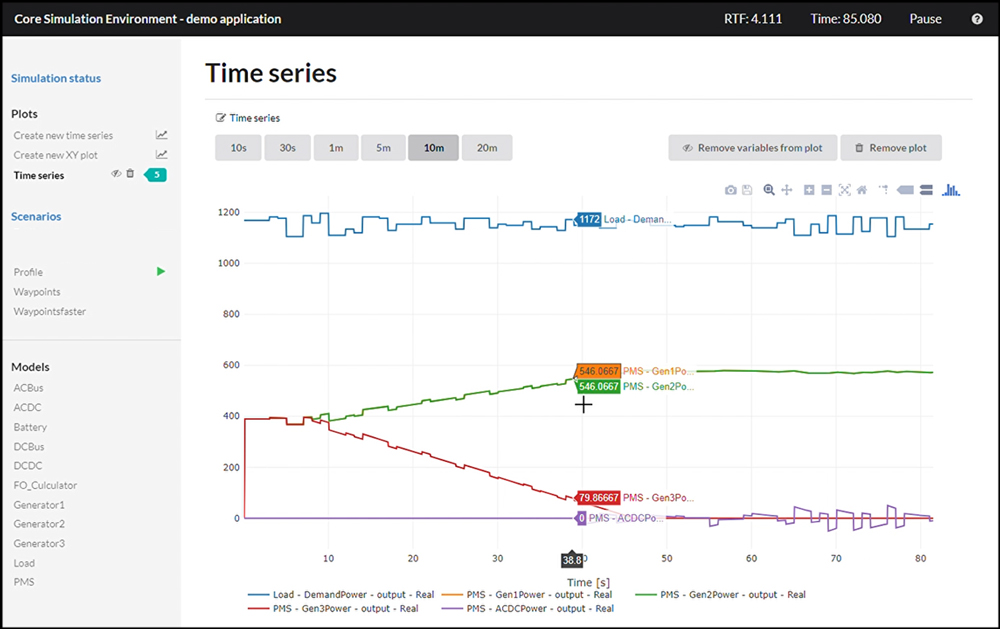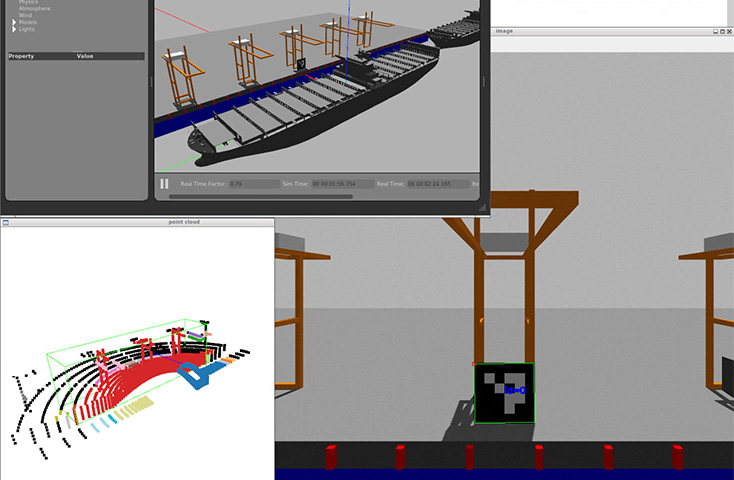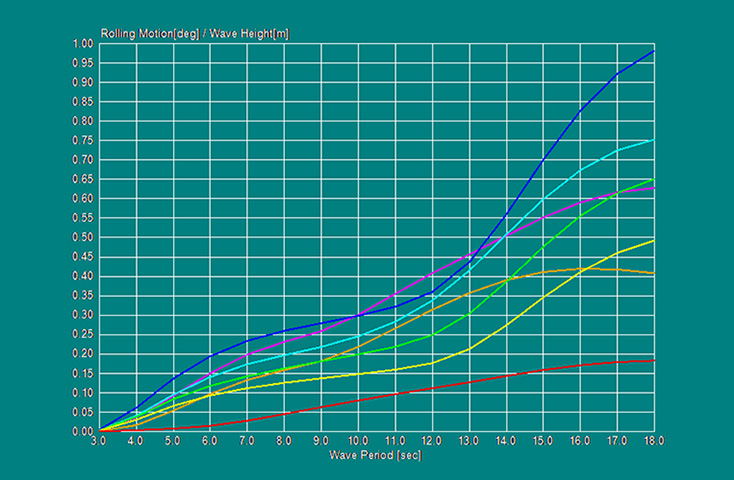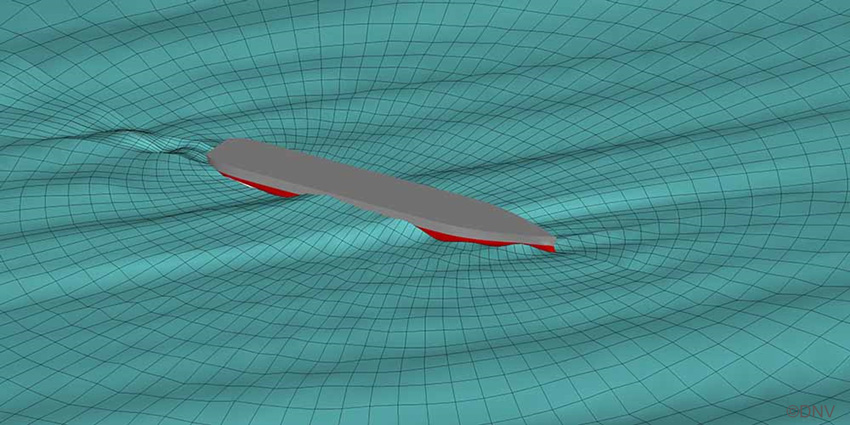Simulation, Technology Verification
Background
The systems to be installed on ships, such as the control systems for autonomous ships and the power management systems that perform optimal control of onboard electricity, are becoming increasingly complex and advanced. To verify the functionality and safety of such systems, it is necessary to verify them under various operational conditions and interaction with other devices and systems. Therefore, it is not possible to conduct sufficient verification using actual ships. What is then required is verification technology in virtual environments utilizing simulations.
Approach
To verify technology in virtual environments, it is necessary to have a simulation model that reproduces the behavior of a target ship. For example, the movement of a ship changes depending on the wind, waves, currents, and sea depth in actual seas. Hence, it is important to develop a model with the necessary accuracy to suit the purpose of the technology verification. At MTI, we are developing simulation models that can be used for technical verification by combining our knowledge of marine engineering with various data sources, such as tank tests, CFD simulations, and actual operational data. We are also working on research into simulation platforms that can be used to connect models and actual control devices for verification.
Goal
We aim to establish technology that allows us to efficiently develop simulation models necessary for technical verification and to test them virtually on a simulation platform before installing them on actual ships.




